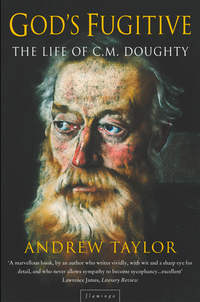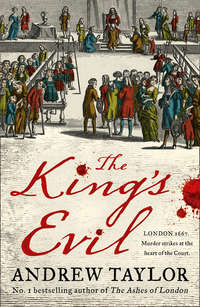The World of Gerard Mercator: The Mapmaker Who Revolutionised Geography

Полная версия
The World of Gerard Mercator: The Mapmaker Who Revolutionised Geography
Жанр: словари, справочникибиографии и мемуарыисторическая литератураприрода и животныесправочная литературасерьезное чтениезнания и навыкиоб истории серьезно
Язык: Английский
Год издания: 2018
Добавлена:
Настройки чтения
Размер шрифта
Высота строк
Поля
Конец ознакомительного фрагмента
Купить и скачать всю книгу







